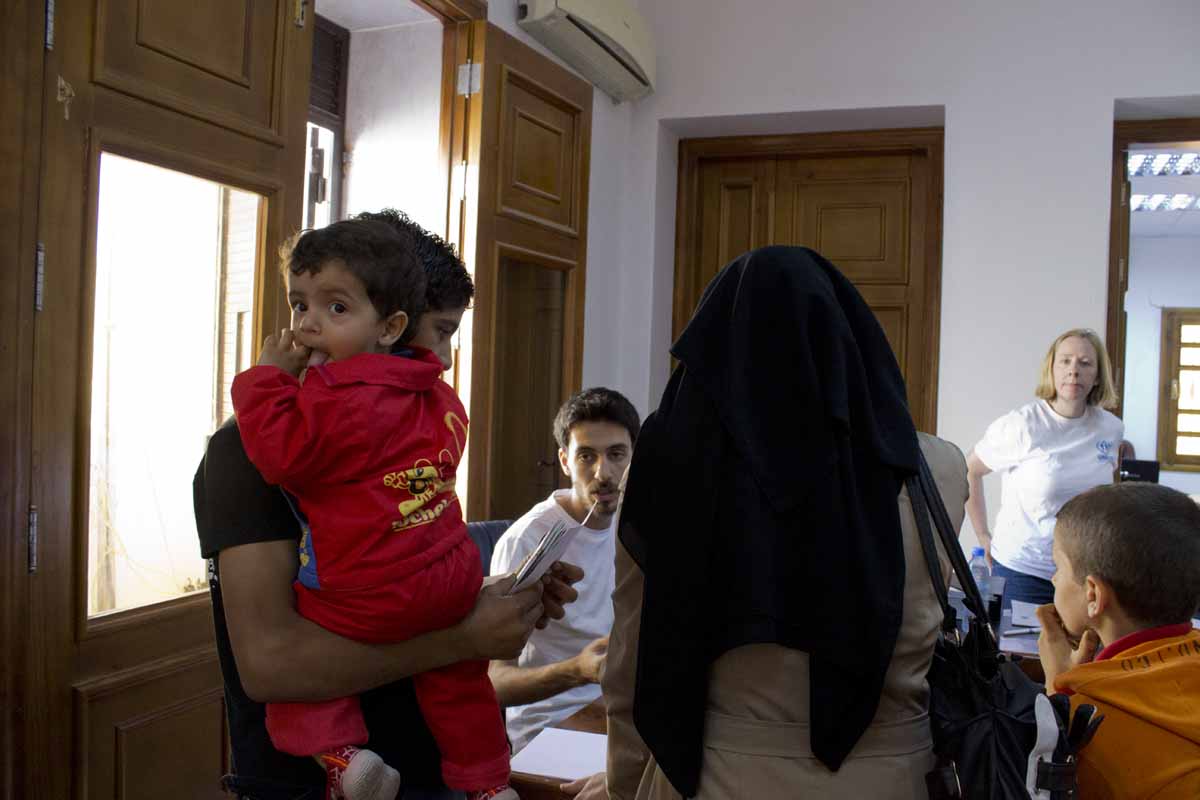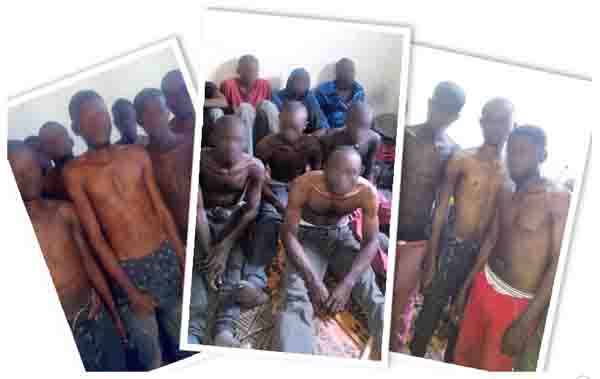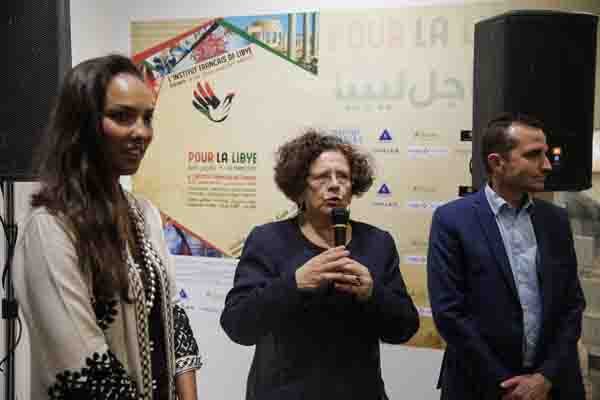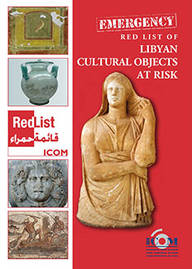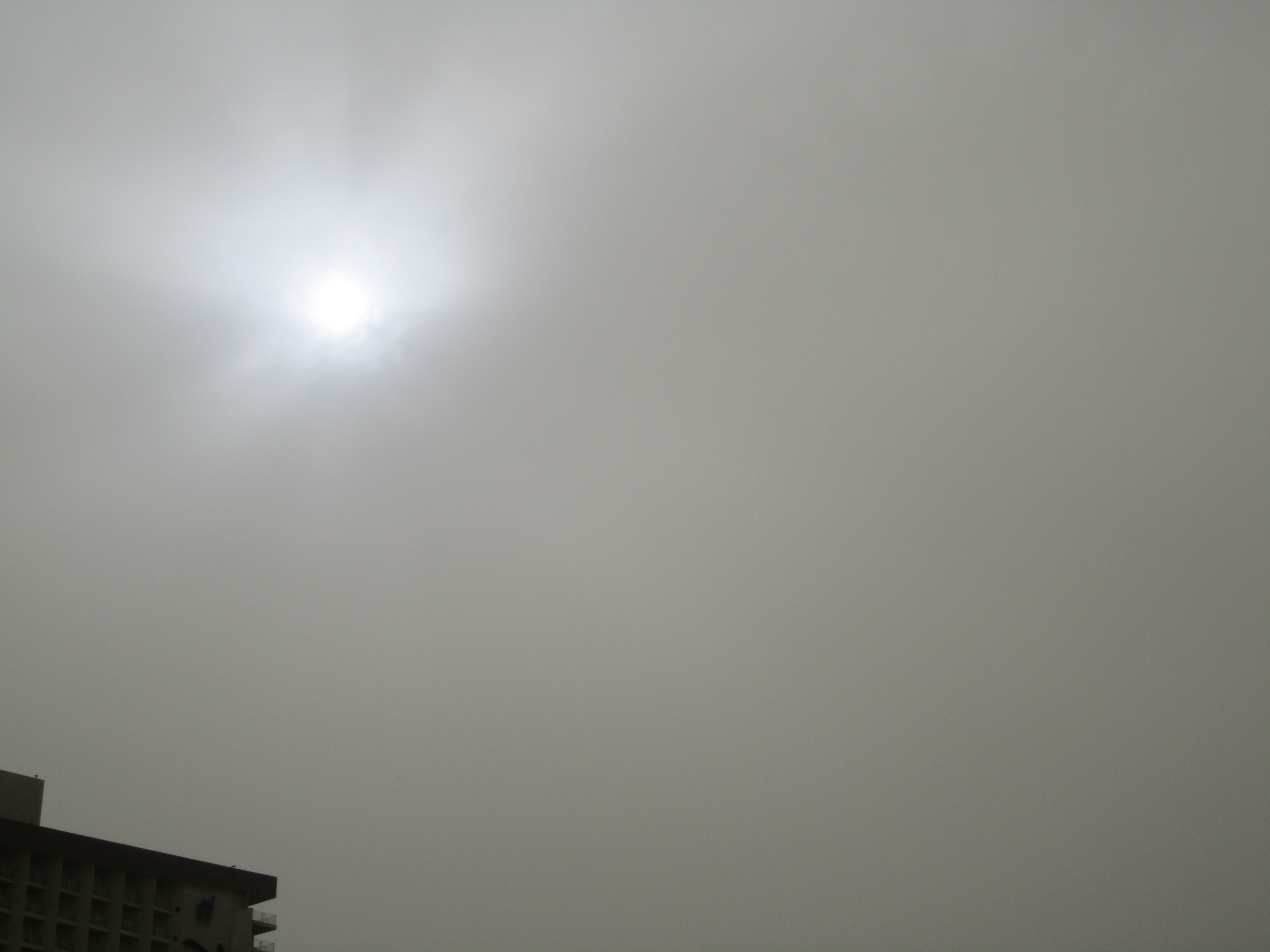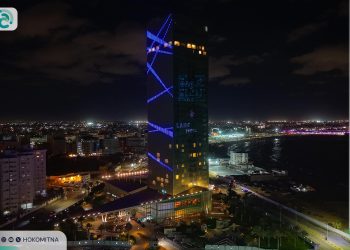By Nancy Porsia.
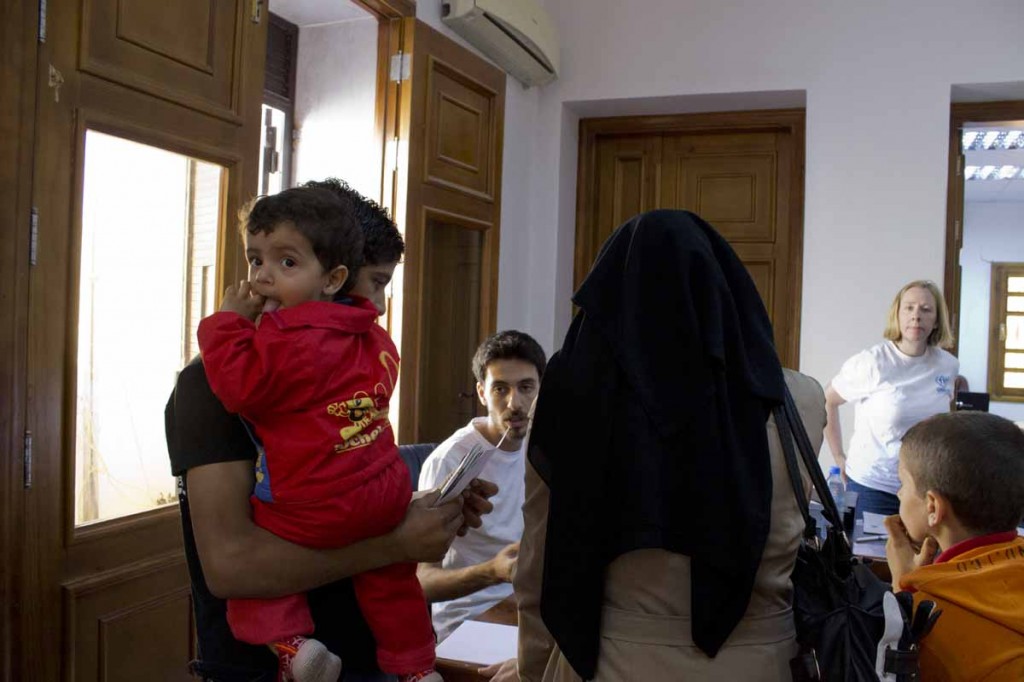
Misrata, 16 May 2013:
“We came to Misrata because we were told at the border that it is the safest . . .[restrict]city in Libya” said Taha who escaped from Hama, Syria, in October 2012. He had just finalised the registration as an asylum seeker at the High Commission for the Refugees of the United Nations (UNHCR) in Libya.
The growing number of Syrians in Misrata led local authorities, in July 2012, to ask the UNHCR to register of asylum seekers in the city and provide them with help. It has been doing so since April. According to its estimates by UNHCR, the Syrian community in Misrata numbers about 3,000 people, although according to local residents put it at over 5,000.
So far, however, only 500 Syrians have registered at the offices in Tripoli Street made available to UNHCR by the Libya Red Crescent. The third session, which took place on 8 – 9 May, saw 50 percent increase in registrations. With registration came kitchen equipment, blankets and matrasses from UNHCR in cooperation with Italian-based international aid agency CESVI.
“Syrians were told that a camp might have been built for them in Misrata, as required by local authorities at the first meetings with UNHCR. But they do not agree with that and UNHCR refused this option. So we expect a high increase of registrations in the next missions,” the UNHCR’s Assistant Protection Officer Anies Serrari told the Libya Herald.
“Misrata is the best option in Libya as it is safe and there is work” said Mohamed who fled with his family from Salma, near Latakia, in early 2012. “As a baker I earn LD 700 per month, as I used to in Syria. But here I spend about LF 500 per month for rent while in Syria I had my own house” he said.
The top concern for the Syrians in Misrata, as in all Libya, remains medical treatment. Ranya from Damascus said, “I must have caesarean section for complications during pregnancy and the public hospitals have refused me. But I do not have LD 1,000 needed for a caesarean in a private clinic. ”
“Unfortunately, the lack of hospitals in the city is also a problem for us,” said Ayoob from Misrata. He said: “If my wife needs a cesarean delivery, we would be forced to go to Tunisia and spend at least 1,000 dinars.”
The interaction between the local community and the Syrians is limited – largely to labour relations and issues such as housing. The majority of Misrata people interviewed say they have no Syrian friends. “You do not see them around, other than at places of working,”Ahmad, a civil engineer working for an Italian company, said. “However, they are our brothers as they still suffer what we have experienced and therefore they have full legitimacy to remain in Misrata.”
Mohamed, also from Misrata said: “In the unwritten code of Misrata, weapons can be sold to Misrata people or to Syrians. There is no third player”.
Misratans say that their biggest concern over the presence of Syrians (the Syrians themselves also say it) is an increase in numbers of Shiites and Salafists. They fear it could influence young locals. Some from Misrata complain about the increase in the number of young people going to fight in Syria as jihadists. Their other fear is that the presence of the Syrians could also mean the presence of the Bashar Assad’s secret services in the city.
In fact, the largest group of Syrians living in Libya are to be found in Benghazi due to its proximity to the Egyptian border. Most Syrians in Libya entered from Egypt. Large Syrian communities are also located in Khoms, Ajdabiya, Zlitan and Tripoli. Throughout the country there are about 110,000 Syrians who have fled the conflict at home, although those registered with UNHCR are less than 10,000.
“We are doing everything possible to match the needs of the community in the country. We have set up a hotline for Syrian asylum seekers. Moreover on 5 May we opened the Centre for Community Development for vulnerable cases from Syria,” an UNHCR official said. [/restrict]
